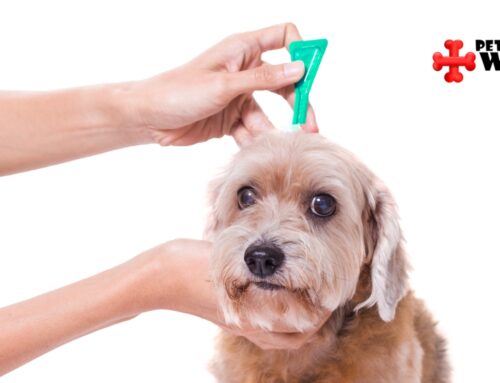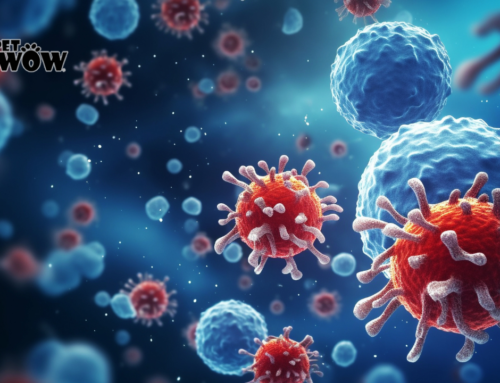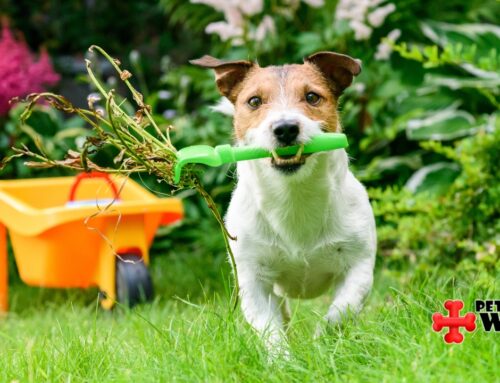Easter is a wonderful holiday full of family time, fun and of course, baskets full of goodies. But did you know it’s also one of the most dangerous times of the year for pets? Please help your pets stay safe by becoming familiar with the hazards, and spread the word to your family and friends!
Lillies
Lillies are beautiful flowers, common especially around Easter. While you would never feed your cat a lily, some felines can’t resist munching on plants. Ingestion of even the tiniest amounts of lilies may cause drooling, vomiting, lethargy and even fatal kidney failure in cats. All parts of the plant are toxic, even the water from the vase. Dogs who ingest lilies may experience minor stomach upset, but do not develop kidney failure.
Chocolate
Too much chocolate might give us an upset stomach, but chocolate is actually toxic to pets, particularly dogs. That’s because chocolate contains two ingredients, caffeine and theobromine. Unlike humans, who can quickly digest and metabolize theobromine, canines metabolize it much slower and as a result, theobromine can stay in their systems for up to 18 hours. Dogs may have different reactions based on their size and weight as well as the type of chocolate consumed. Symptoms usually appear within six to 12 hours of consumption and include vomiting, diarrhea, increased heart rate and excessive thirst.
Xylitol
This common sugar substitute is used in candy, breath mints and gum. It is incredibly toxic to dogs, especially smaller dogs. Even if your dog sneaks just one piece of gum or a breath mint, the Xylitol can cause their blood sugar to drop to dangerously low levels. Symptoms of xylitol poisoning initially include vomiting, and can progress to fainting, seizures, staggering and weakness.
Garlic And Onion
When we’re cooking in the kitchen, odds are our pets are in there with us. It’s difficult to resist those begging whimpers or saucer-shaped eyes, but when you’re cooking garlic and onions, or any food containing garlic or onion as a spice, do not share it with your dog. These ingredients can cause hemolytic anemia, which can damage a dog’s red blood cells. Symptoms include disorientation, fatigue, rapid heartbeat and darkened urine or vomiting as the disease progresses.
Grapes And Raisins
Dogs especially tend to be prone to health risks from eating grapes or raisins, but cats and other pets may be at risk too for poisoning from grapes and grape products. In addition to producing abdominal pain, loss of appetite and diarrhea, some varieties of grapes can also cause kidney failure.
Salty And Fried Foods
We know we should avoid eating salty and fried foods, but it’s important that dogs aren’t given these treats, either. In addition to the choking risks of say, a pretzel stick, salty foods can cause sodium ion poisoning in dogs. Symptoms include diarrhea, fever, excessive thirst, kidney damage, seizures and vomiting. Fried foods, especially fried chicken, can cause pancreatic inflammation, which can be life-threatening.
What To Do If Your Pets Ingest These Hazards
If you think your pet has ingested any of the hazards, it’s important to contact a veterinarian immediately. Providing information like your pet’s weight as well as an estimate of how much they ate helps determine whether a toxic amount has been consumed.
Remembering these hazards will help keep your family pets safe not only this Easter, but all year long. Have questions? Call PetWow today at 513-738-9691 or email [email protected]. For more pet care tips, follow us on Facebook, Twitter, Instagram, Pinterest or LinkedIn!







